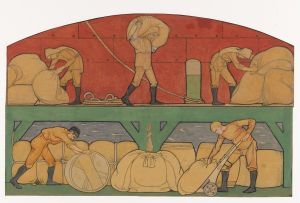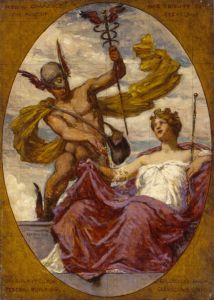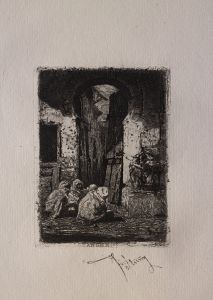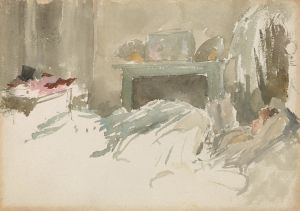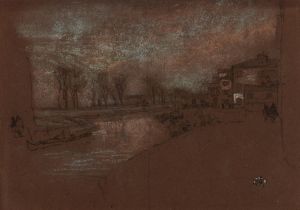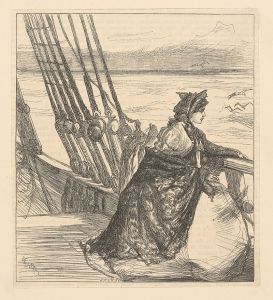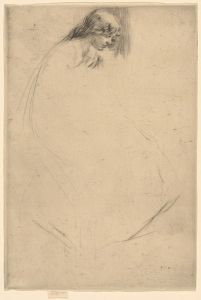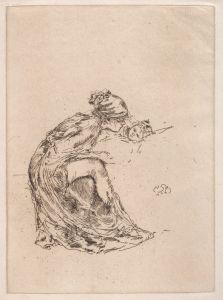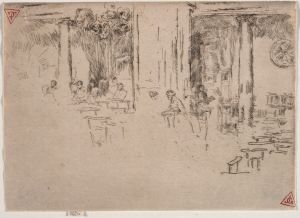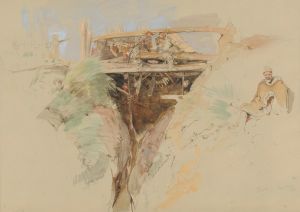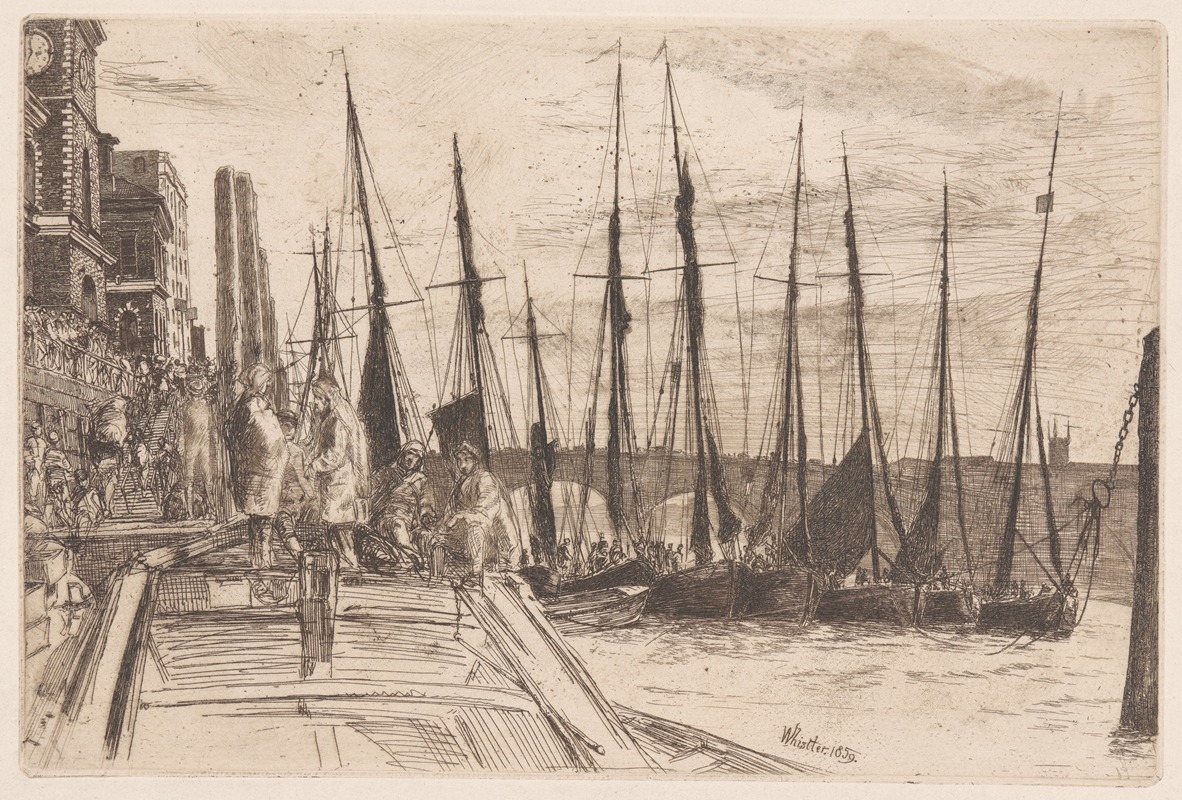
Billingsgate
A hand-painted replica of James Abbott McNeill Whistler’s masterpiece Billingsgate, meticulously crafted by professional artists to capture the true essence of the original. Each piece is created with museum-quality canvas and rare mineral pigments, carefully painted by experienced artists with delicate brushstrokes and rich, layered colors to perfectly recreate the texture of the original artwork. Unlike machine-printed reproductions, this hand-painted version brings the painting to life, infused with the artist’s emotions and skill in every stroke. Whether for personal collection or home decoration, it instantly elevates the artistic atmosphere of any space.
James Abbott McNeill Whistler was an American artist known for his paintings and etchings, and he played a significant role in the aesthetic movement. One of his lesser-known works is "Billingsgate," an etching created in 1859. This piece is part of Whistler's series of works that capture the essence of London, particularly focusing on the River Thames and its surroundings.
"Billingsgate" depicts the bustling fish market located on the north bank of the Thames, near London Bridge. The market was one of the most important in London, known for its lively atmosphere and the variety of fish and seafood sold there. Whistler's etching captures the vibrancy and chaos of the market, with figures busily engaged in their daily activities. The scene is filled with people, boats, and the architectural elements of the market, all rendered with Whistler's characteristic attention to detail and composition.
Whistler's etching technique in "Billingsgate" demonstrates his skill in capturing light and shadow, as well as his ability to convey the atmosphere of a scene. The use of line and texture in the etching creates a sense of movement and energy, drawing the viewer into the bustling life of the market. Whistler was influenced by the works of earlier artists such as Rembrandt, and his etchings often reflect a similar attention to the interplay of light and dark.
The "Billingsgate" etching is part of Whistler's "Thames Set," a collection of 16 etchings that he produced between 1859 and 1861. This series was instrumental in establishing Whistler's reputation as an etcher and helped to secure his place in the art world. The "Thames Set" was well-received by critics and collectors, and it showcased Whistler's ability to capture the essence of urban life in London.
Whistler's work on the "Thames Set" coincided with a period of significant change in London, as the city was undergoing rapid industrialization and expansion. His etchings serve as a historical record of the city during this transformative period, providing insight into the daily lives of its inhabitants and the changing landscape of the urban environment.
"Billingsgate" and the other etchings in the "Thames Set" reflect Whistler's interest in the everyday scenes of city life, as well as his fascination with the interplay of natural and man-made elements. His work in this series is characterized by a focus on composition, atmosphere, and the subtle nuances of light and shadow.
Overall, "Billingsgate" is a testament to Whistler's skill as an etcher and his ability to capture the dynamic energy of 19th-century London. The etching remains an important part of Whistler's oeuvre and continues to be appreciated for its artistic and historical significance.





